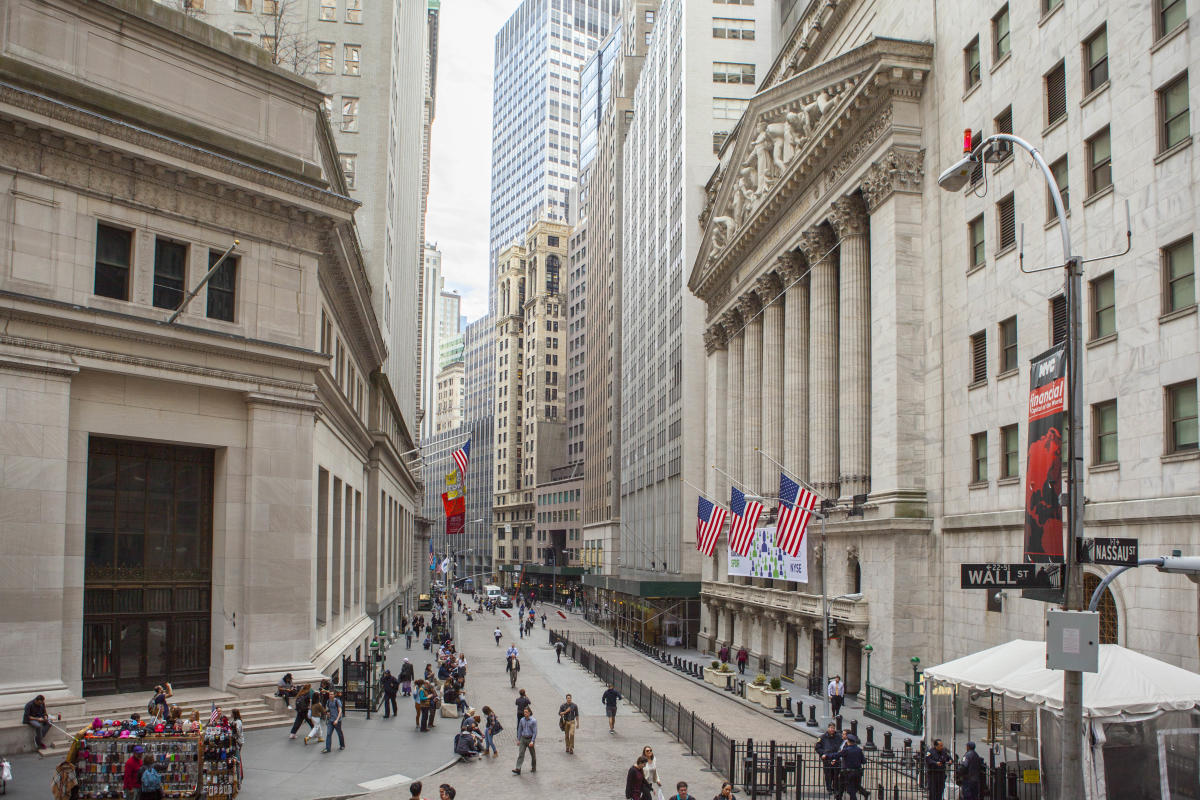Introduction
Wall Street, located in Lower Manhattan, New York City, is often considered the financial epicenter of the world. This iconic street stretches for eight blocks, from Broadway to South Street, but its influence spans far beyond its physical location. Serving as the home of the New York Stock Exchange (NYSE) and several of the world’s largest financial institutions, Wall Street has become synonymous with global finance, investment, and corporate power.
Historical Background
Wall Street’s history dates back to the early 17th century, when Dutch settlers established New Amsterdam. The street itself gets its name from a defensive wall that was built in 1653 to protect the Dutch colony from potential invaders, such as Native American tribes and the British. While the wall was eventually torn down in 1699, the name remained, and over time, Wall Street evolved from a modest trading outpost to the center of American commerce and trade.
By the late 18th century, Wall Street began to take on its role as a hub for financial transactions. In 1792, a group of 24 stockbrokers signed the Buttonwood Agreement under a buttonwood tree on Wall Street. This agreement set the framework for what would later become the NYSE, establishing standardized rules for trading securities and forming a foundation for the modern financial markets.
The Role of Wall Street Today
Today, Wall Street functions as the headquarters for the largest stock exchanges and financial firms in the world. These include the NYSE and the Nasdaq, which together handle billions of trades every day. The street is home to some of the world’s most prominent investment banks, hedge funds, insurance companies, and private equity firms.
Wall Street has a far-reaching impact on the global economy. Its daily operations influence everything from corporate mergers and acquisitions to personal investments and retirement plans. Stock market fluctuations, corporate earnings reports, and macroeconomic data releases all ripple through Wall Street, affecting markets worldwide.
Key Players and Institutions
Several financial institutions headquartered on or near Wall Street wield immense power in the global financial system. Some of these include:
- Goldman Sachs – One of the world’s leading investment banking firms, known for providing financial services in investment management, securities, and trading.
- JP Morgan Chase & Co. – A global banking powerhouse offering everything from consumer banking to corporate finance.
- Morgan Stanley – Specializing in investment banking, wealth management, and asset management, this firm is a key player in the world of finance.
- NYSE (New York Stock Exchange) – The largest stock exchange in the world by market capitalization, the NYSE is where shares of publicly traded companies are bought and sold.
- Nasdaq – A major electronic stock exchange known for being home to many technology and biotech companies, including giants like Apple, Amazon, and Google.
The Culture of Wall Street
The fast-paced, high-stakes environment of Wall Street has spawned its own culture, marked by long hours, aggressive competition, and lucrative rewards. The financial world’s intense drive for profit and power has been portrayed in numerous films and books, such as
Wall Street (1987) and
The Wolf of Wall Street (2013), both of which depict the cutthroat nature of the industry.
On Wall Street, success is often measured in wealth and influence, making it an attractive, yet demanding, career path. Many financial professionals work long hours in the hopes of climbing the corporate ladder or striking it rich in investment opportunities.
Controversies and Criticism
Despite its role in driving economic growth, Wall Street has also faced intense criticism and controversy, particularly in the wake of financial crises. The 1929 stock market crash, which led to the Great Depression, is a sobering reminder of how unregulated speculation can have disastrous consequences. Similarly, the 2008 financial crisis—triggered by risky lending practices and the collapse of major financial institutions—fueled anger towards Wall Street for its perceived role in causing widespread economic hardship.
The 2008 crisis gave rise to movements like
Occupy Wall Street, which protested economic inequality and corporate greed. Many critics argue that Wall Street has become too powerful, often prioritizing profits over the well-being of the average citizen. This sentiment has led to increased calls for stricter regulation and financial reform to prevent future crises.
Wall Street and Technology
In recent decades, technology has reshaped the way financial markets operate. The rise of electronic trading platforms and algorithmic trading has increased the speed and efficiency of trades, reducing human intervention. High-frequency trading (HFT), in particular, has become a dominant force, allowing firms to execute trades in fractions of a second, but it has also raised concerns about market volatility.
Moreover, Wall Street has embraced fintech (financial technology) innovations, including blockchain and cryptocurrency. The emergence of Bitcoin, Ethereum, and other digital currencies has challenged traditional financial institutions, prompting debates over the future of money and finance.
The Future of Wall Street
While Wall Street continues to adapt to technological and regulatory changes, it remains a symbol of financial power and ambition. As global markets evolve and new financial innovations emerge, Wall Street will likely maintain its central role in shaping the world economy. However, its future may also be influenced by growing public scrutiny, calls for economic fairness, and the push for sustainability in investment practices.
Conclusion
Wall Street’s story is one of power, influence, and controversy. From its modest beginnings in the 17th century to its position as a global financial powerhouse, Wall Street has played an integral role in shaping both the U.S. and world economies. While it offers incredible opportunities for growth and wealth, it also faces ongoing challenges, including the need for regulation and the risks of unchecked ambition. As Wall Street continues to evolve, it will undoubtedly remain at the forefront of global finance for years to come.
